Will the single chainring prevail on the road? This is the state of technology today
The launch a few days ago of the single chainring version of the Campagnolo Super Record 13, which joins the 13-sprocket SRAM Red AXS XPLR single chainring groupset, makes many wonder whether 1x drivetrains will also become the norm in road cycling, the only one where chainring shifting is still in force and which, as always, is always reluctant to make big changes.
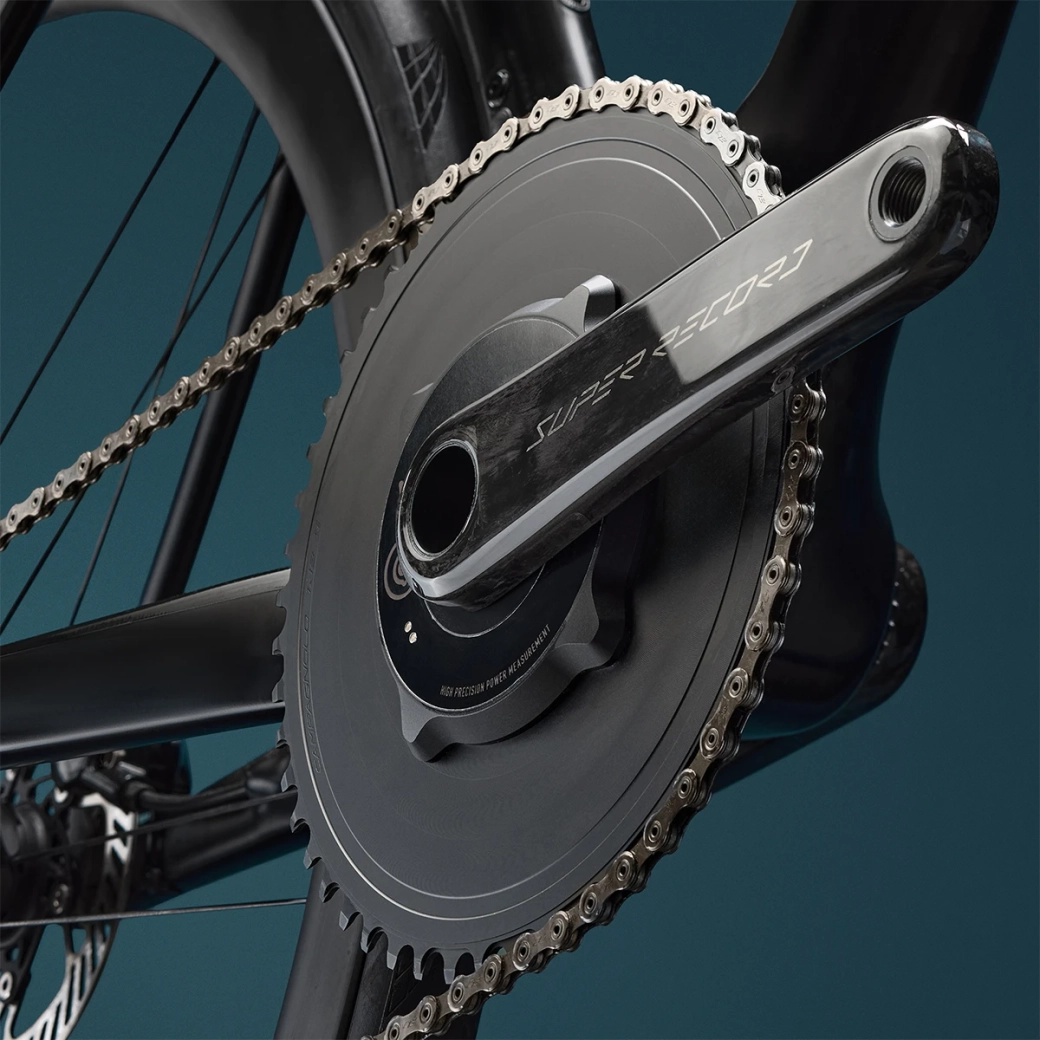
The 13 sprockets begin to make the single chainring viable in road cycling
It's been a lot of years since 3T decided to equip the modest Aqua Blue team with its Strada road bike designed exclusively for single chainring groupsets, at that time the SRAM Force 1, the first road groupset to be designed to work with a single chainring.
It was the era of 11 sprockets and soon began to transcend the complaints of cyclists for what it meant for them to use that configuration that left them sold to hard climbs or meant having to mount a cassette with big jumps that prevented them from carrying the proper cadence at many times and made them waste strength.
RECOMENDADO
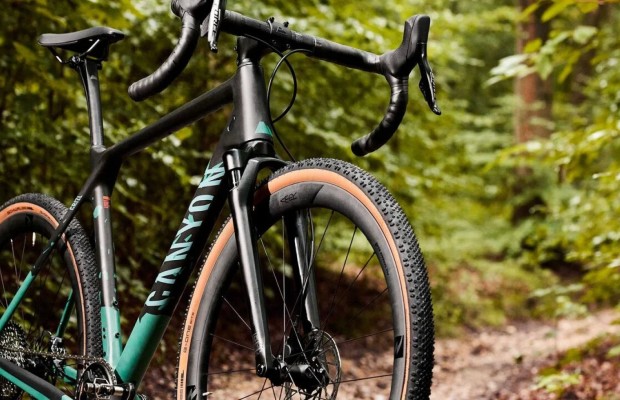
Do you need suspension on your gravel bike?
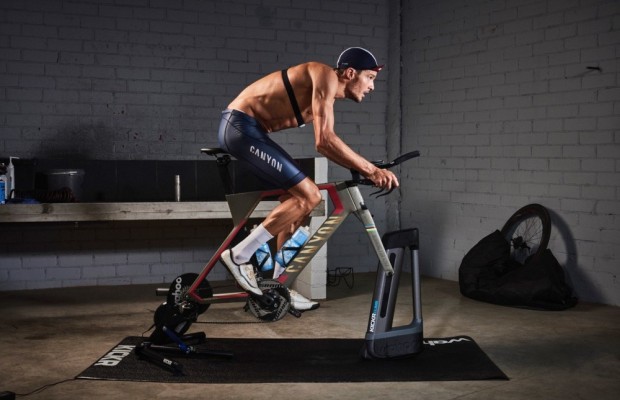
A real workout saver of only 56 min on the turbo trainer
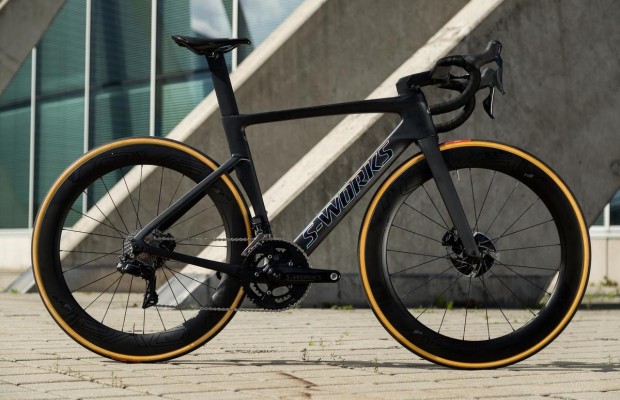
Which profile wheels to choose according to the area where you live: mountain, flat or coast

How to wash your cycling clothes? 10 keys to make them always look new

Cycling can help you fight the effects of the time switch
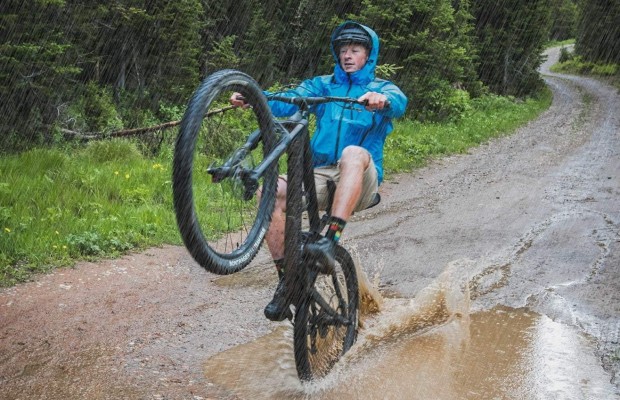
Tips for cycling in the rain
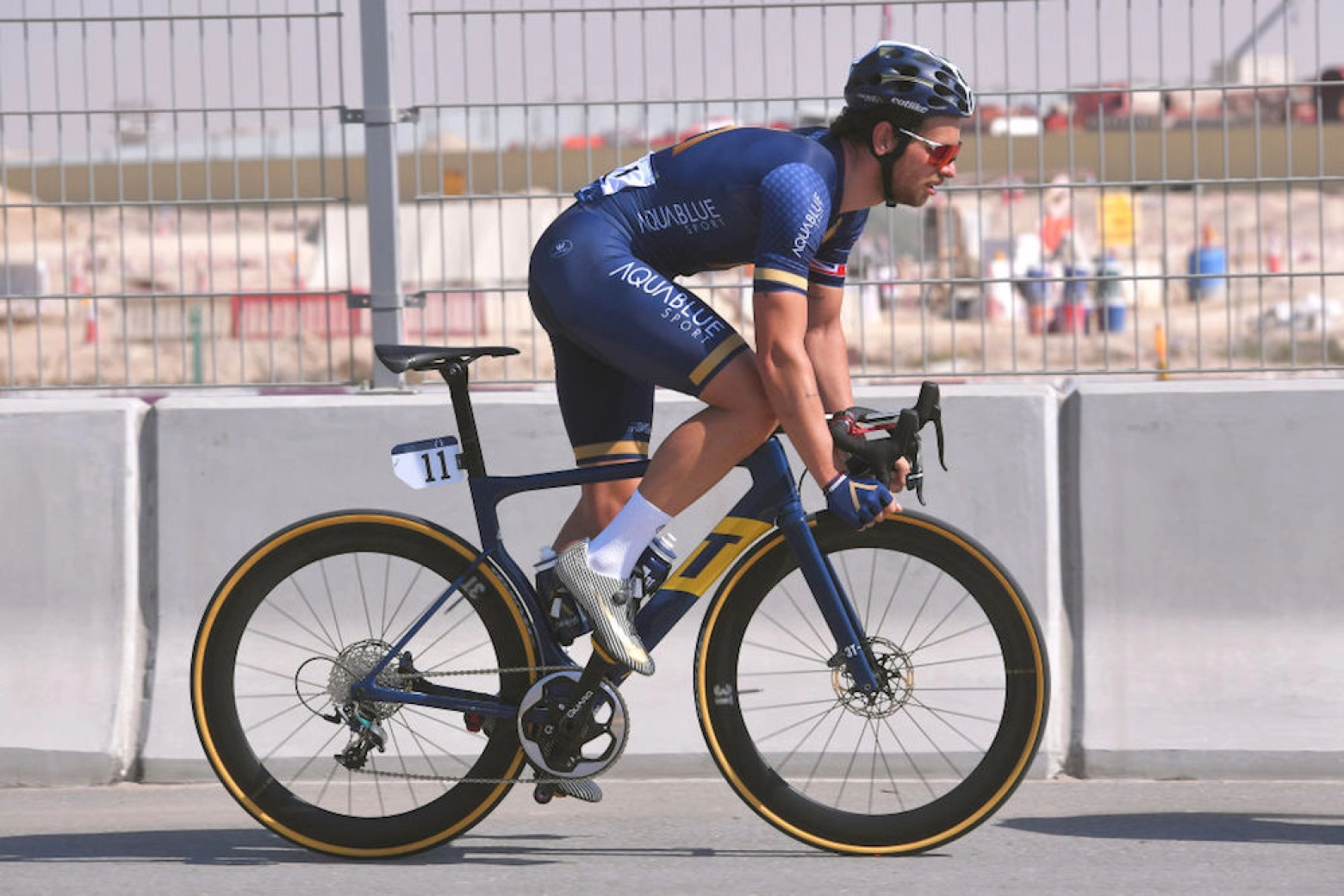
Road cycling groupsets have evolved a lot since then: the leap to 12 sprockets with wider cassettes in which the 33 or 34 sprocket, depending on the manufacturer, have become common in everyday life to seek more efficiency from the large 54-tooth chainrings. We have also seen in all these years how electronics became the only option in high-end groupsets.
An electronics for which SRAM was the first to bet firmly with the launch of the SRAM Red AXS, second generation of the electronic groupset of the American firm in 2019, also brought with it the incorporation of other novelties to its star groupset such as the possibility of being used interchangeably in 2x or 1x configuration, the latter, in principle, designed for the practice of gravel.
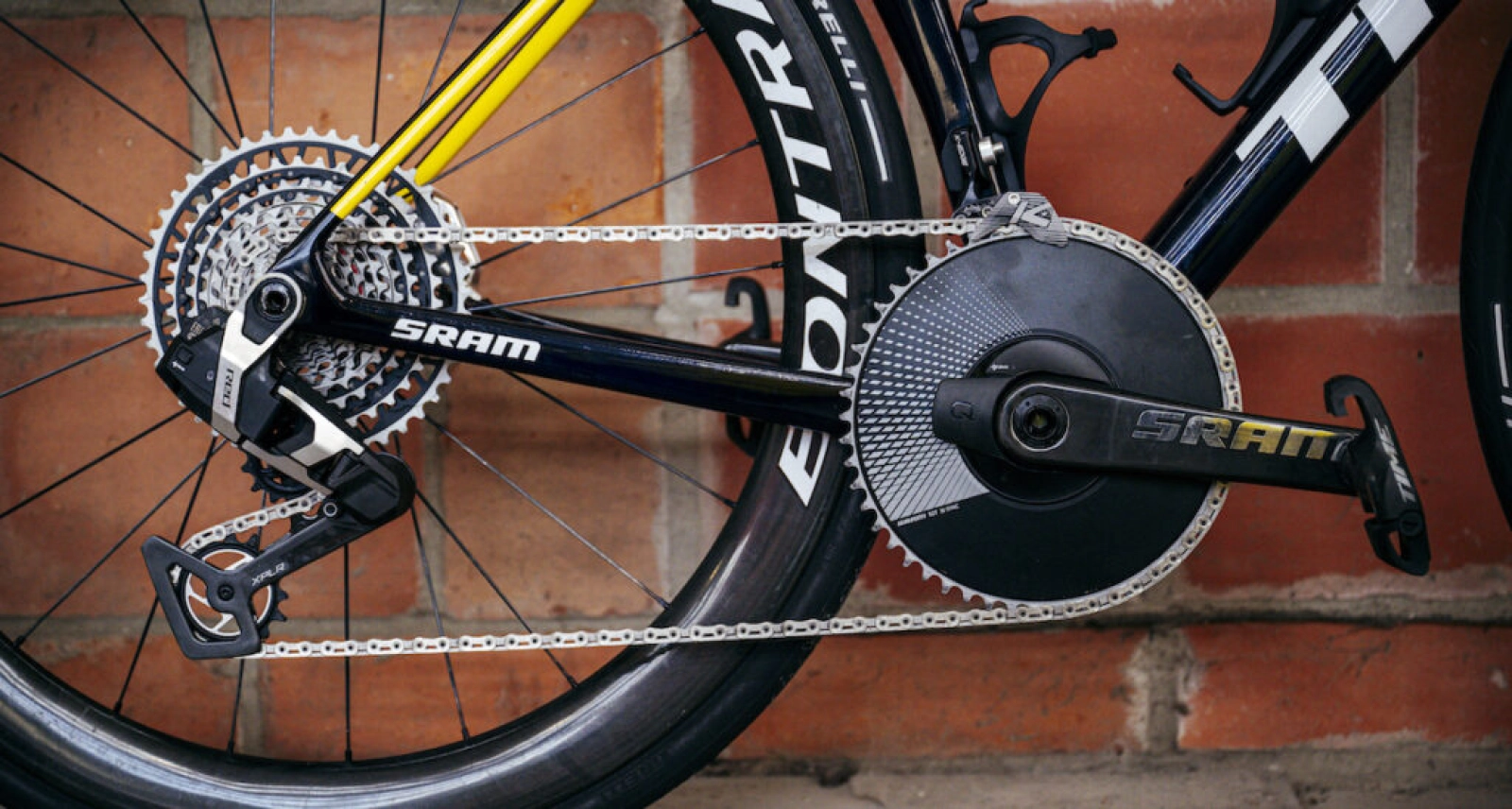
However, it didn't take long to see some road teams with SRAM bikes resorting to the single chainring on certain stages and, in fact, this configuration has become common on Cervélo S5 bikes, their aerodynamic option, among Visma-Lease a Bike riders, even for broken profile stages. Lidl-Trek riders have also used the 1x configuration over the past year, coinciding with the launch of the new SRAM Red in its AXS configuration with 13 sprockets for gravel, which has become a guarantee of reliability for riders like Mads Pedersen during the Classics campaign last spring.
And if there's one thing the single chainring makes possible, it's adding reliability to drivetrains right at the point where they tend to fail the most: the crankset shifting. It is not uncommon, despite the improved precision of today's drivetrains, to see the typical image of a rider who has shifted the chainring with the chain crossed and the chain has fallen inwards, leaving him pedaling in a vacuum as he tries to operate the derailleur to get the chainring back in gear before he has to stop.
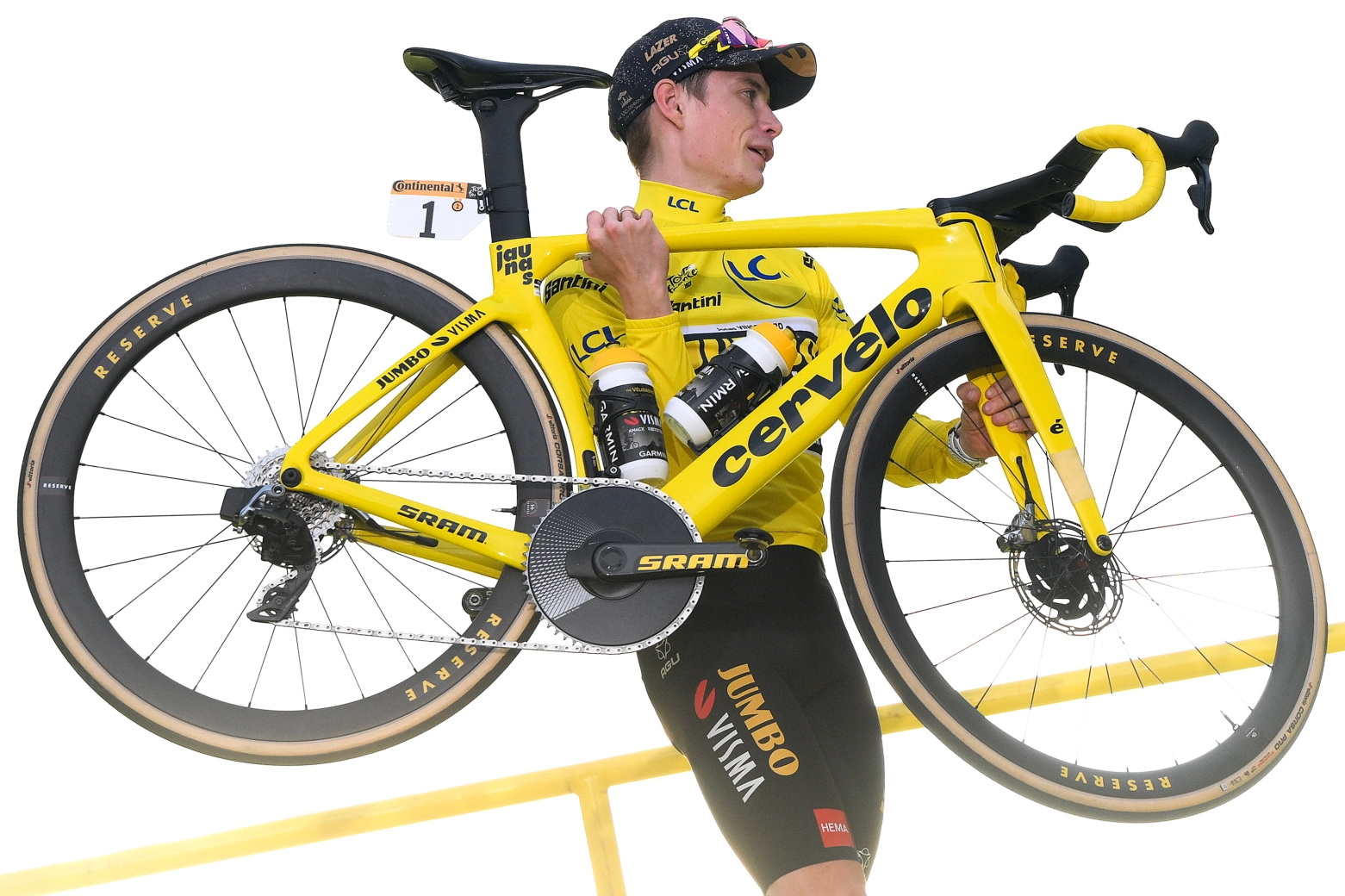
Chain slippage which, with the single chainring system, thanks to the specific cutting of the chainring chain stays firmly fixed to the chainrings and the shifting clutch systems that keep the derailleur pulleys stable without the usual chain rattling, makes it extremely unlikely to suffer a chain slippage, adding to the reliability of the system.
While in the early road single-sprocket groupsets you had to choose between having a wide enough gear range to climb hard ramps and to be able to ride at full speed or, on the contrary, a combination with as close a gear progression as possible, today, thanks to the 12 and 13 sprocket cassettes it is possible to have both.
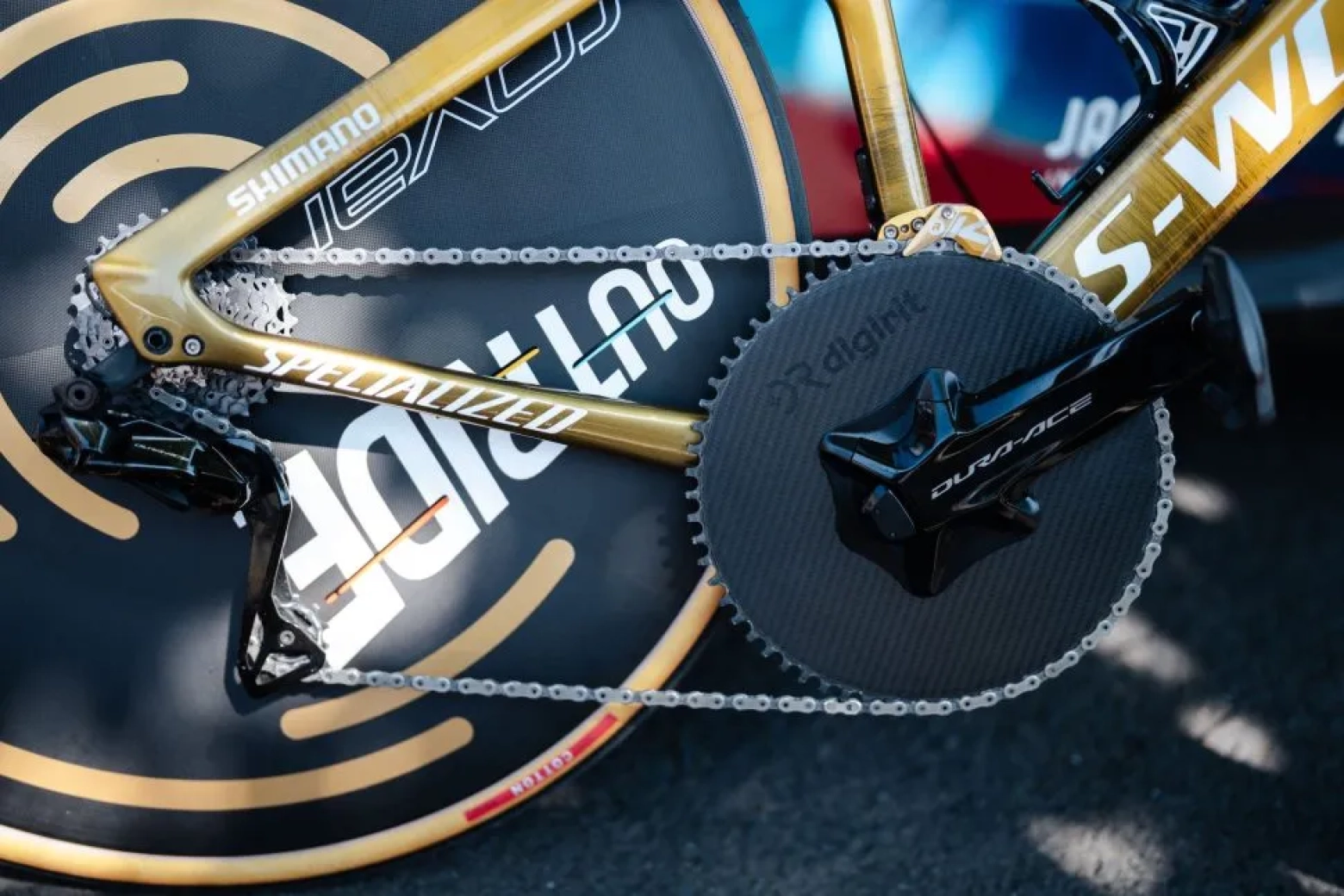
However, the road cyclist, if anything, is classist and always resists technological innovations. We have already seen all the controversies brought about by disc brakes or tubeless tires, which even today have not yet established themselves among the common road cyclists, despite the fact that in competition they have banished the traditional tubulars to oblivion.
In any case, the day does not seem near when we will see the widespread use of single chainring on the road. First of all because Shimano, the majority supplier of groupsets to professional teams, does not seem to be willing to go down that road. On the other hand, gear scaling continues to be tremendously important for road cyclists, for whom nothing is more frustrating, when pedaling in the full effort of competition, than not finding the cadence that their legs need at any given moment.

While the double crankset, as we all know, duplicates many developments, it also makes possible the use of tighter cassettes, for example, the Shimano Dura-Ace 11-34 cassette with tooth-to-tooth jumps on its first 5 sprockets and two-by-two jumps on the next three. SRAM ups the ante with the first 6 consecutive sprockets on its 10-33 cassette and two-by-two on the next three. This, in combination with the two chainrings, makes possible an enormous flexibility of developments apart from having very wide ends that allow to ride very fast in its longest configuration and to climb impossible walls in the softest one.
A commitment to the double crankset which, however, contrasts with the image of cyclists who, on most of the rides they face during the year, except for the clearly mountainous ones, only use the large chainring for the mechanical efficiency of its larger diameter and the possibility of climbing almost everything thanks to being able to cross the chain to the large sprockets of the current cassettes, something for which modern groupsets are perfectly designed.

It is therefore difficult to predict whether the definitive leap to 13 sprockets, for which Shimano only needs to incorporate it in its top of the range, will mean that cyclists will begin to bet on a configuration that, with the power they are capable of developing, allows them to compete in practically three quarters of the tours they face throughout the year.
Of course, it remains to be seen if, when Shimano renews its Dura-Ace, it will take into account the option of being used in single chainring configuration. A possibility that does not exist today and that forces cyclists who use the groupsets of the Japanese brand, for example in time trials where the single chainring has become the usual option, to use third-party chainrings or to resort to chainrings that avoid the exit of the chain, since Shimano road derailleurs lack a clutch to avoid the exit of the chainring and do not have specific chainrings for use in 1x.